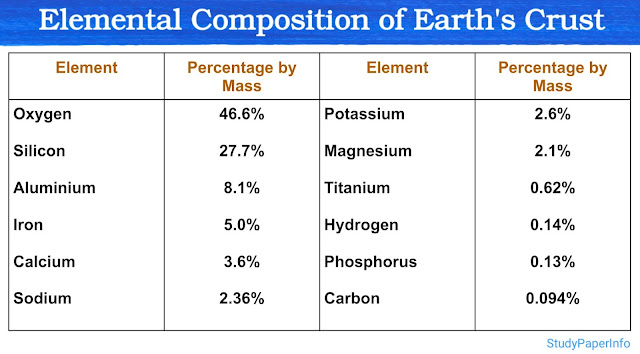Iᴬ, Iᴮ, i, H genes govern blood group antigens A and B. Using Punnett square, show the ratio of different phenotypes obtained on crossing two heterozygotes, IᴬIᴮHh × IᴬIᴮHh. Which factors contribute to the typical phenotypic ratio?
Question: Iᴬ, Iᴮ, i, H genes govern blood group antigens A and B. Using Punnett square, show the ratio of different phenotypes obtained on crossing two heterozygotes, IᴬIᴮHh × IᴬIᴮHh. Which factors contribute to the typical phenotypic ratio?
Cross Involving Two Genes: IᴬIᴮ Hh × IᴬIᴮ Hh
Genes Involved
This cross involves two independently assorting genes:
- ABO gene (Iᴬ, Iᴮ, i): Determines A, B, AB or O blood group. Iᴬ and Iᴮ are codominant, while 'i' is recessive.
- H gene (H, h): Governs expression of ABO antigens. The dominant H allele allows surface expression of A or B antigens. The hh genotype leads to the Bombay phenotype, where antigens are not expressed regardless of ABO genotype.
Note: Since both parents are IᴬIᴮ, only Iᴬ and Iᴮ alleles will segregate, not 'i'. So 'O' genotype does not appear in this case, but Bombay phenotype may mimic 'O'.
Step 1: Gametes Formation
Each parent (IᴬIᴮ Hh) can produce four types of gametes due to independent segregation: IᴬH, Iᴬh, IᴮH, Iᴮh
Step 2: Punnett Square Outcomes (4 × 4 = 16 Combinations)
From these gametes, a 16-box Punnett square gives all possible genotypes. Now we categorize them based on phenotypes:
Phenotype Classification
1. Individuals with at least one 'H' allele (HH or Hh)
These individuals will express their ABO genotype normally:
- IᴬIᴬ HH or Hh → Blood group A
- IᴮIᴮ HH or Hh → Blood group B
- IᴬIᴮ HH or Hh → Blood group AB
2. Individuals with 'hh' genotype
These individuals cannot express A or B antigens regardless of ABO genotype, leading to:
- Bombay phenotype (genetically A, B or AB but phenotypically O)
Final Phenotypic Ratio (from Punnett square)
After counting all combinations:
- AB = 6 (IᴬIᴮ HH or Hh)
- A = 2 (IᴬIᴬ HH or Hh)
- B = 2 (IᴮIᴮ HH or Hh)
- Bombay (hh) = 6 (IᴬIᴬ hh, IᴬIᴮ hh, IᴮIᴮ hh)
> Note: There is no true O genotype (ii) in this cross, but Bombay phenotype mimics O.
So the final ratio is:
AB : A : B : Bombay = 6 : 2 : 2 : 6
Factors Influencing This Ratio
- Codominance of Iᴬ and Iᴮ produces AB phenotype.
- Epistasis of hh genotype masks ABO expression and causes Bombay phenotype.
- Independent assortment of ABO and H genes leads to diverse combinations.
- Absence of 'i' allele ensures that true O group is not formed, only Bombay mimics it.



Comments
Post a Comment